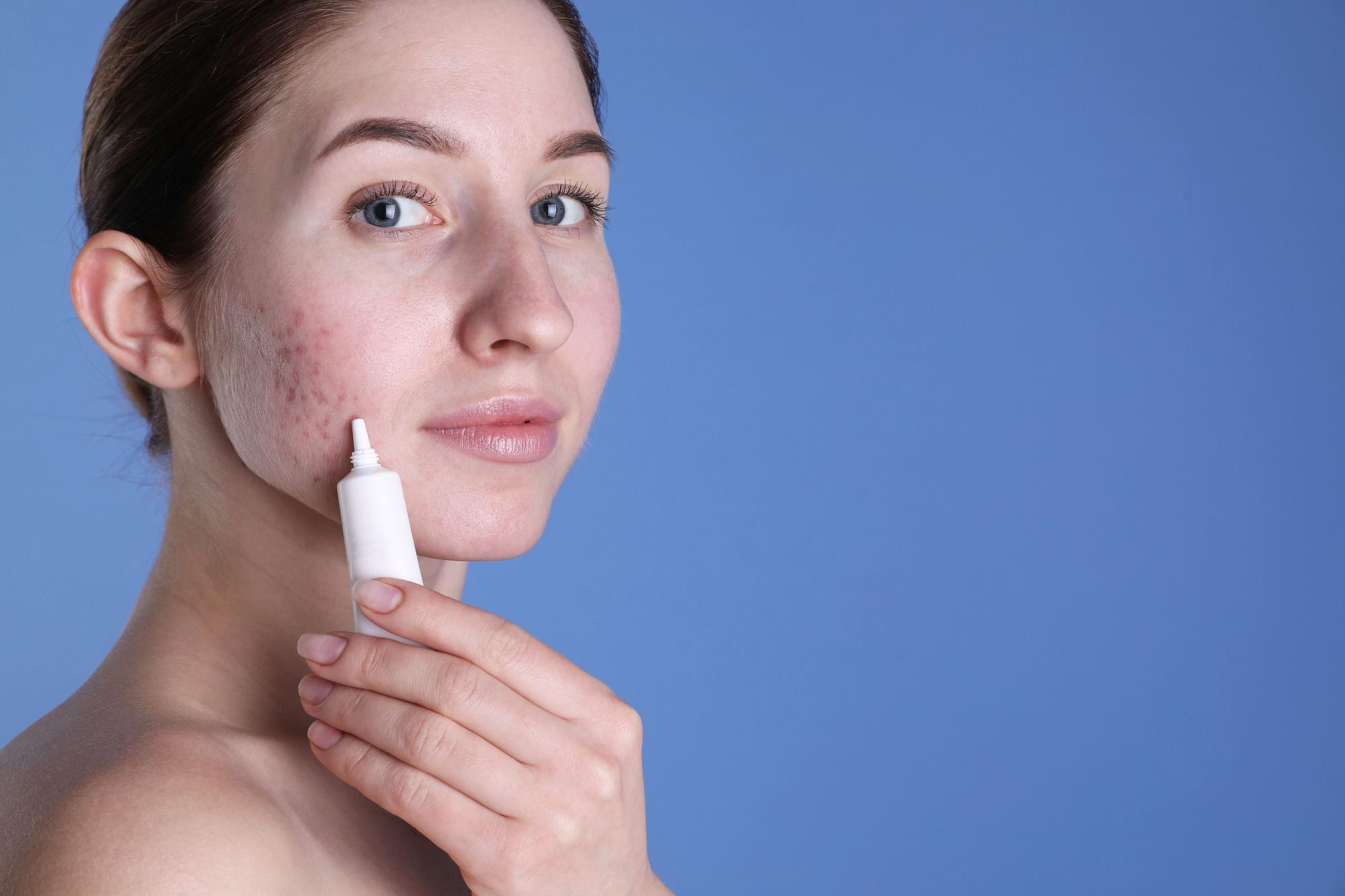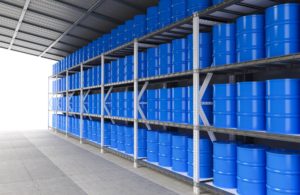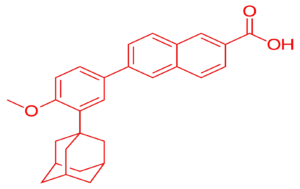
Introduction
When choosing an acne treatment, two popular options are adapalene gel and clindamycin gel. Both are effective, but they work in different ways,
Adapalene gel is a retinoid that increases skin cell turnover.
Clindamycin gel is an antibiotic that fights acne-causing bacteria.
Which one is best for your skin? Let’s compare their benefits, uses, and side effects to help you decide
What is Adapalene Gel?
Adapalene gel is a topical retinoid derived from vitamin A. It helps treat acne by:
- Unclogging pores – Prevents the formation of new acne.
- Reducing inflammation – Soothes redness and swelling.
- Promoting cell turnover – Removes dead skin cells, leading to smoother skin.
How Does Adapalene Gel Work?
Adapalene regulates skin cell growth, preventing clogged pores that lead to breakouts. It is commonly used for blackheads, whiteheads, and mild to moderate acne.
Who Should Use Adapalene Gel?
- Those with mild to moderate acne
- People struggling with clogged pores and blackheads
- Those looking for long-term acne prevention
How to Use Adapalene Gel?
- Apply a pea-sized amount to clean, dry skin once daily at night.
- Use moisturizer after applying to reduce dryness.
- Apply sunscreen during the day, as retinoids make skin sun-sensitive.
Explore a leading manufacturer of APIs.
With over 10 years of expertise, we ensure GMP compliance and provide reliable, high-quality solutions.
What is Clindamycin Gel?
Clindamycin gel is a topical antibiotic that kills Propionibacterium acnes, the bacteria responsible for acne breakouts.
How Does Clindamycin Gel Work?
- Kills acne-causing bacteria – Reduces the number of breakouts.
- Decreases inflammation – Helps with red, swollen acne.
- Prevents new pimples from forming – Keeps skin clearer over time.
Who Should Use Clindamycin Gel?
- Those with inflamed pimples or pustules
- People experiencing red, swollen acne
- Those who need fast relief from active breakouts
How to Use Clindamycin Gel?
- Apply a thin layer to affected areas once or twice daily.
- Do not mix with other strong acne treatments like benzoyl peroxide or retinoids without consulting a doctor.
- Always moisturize after application to prevent dryness.
Adapalene vs Clindamycin: Which is Better for Acne?
| Feature | Adapalene Gel | Clindamycin Gel |
|---|---|---|
| How it works | Increases skin cell turnover | Kills acne bacteria |
| Best for | Blackheads, clogged pores, long-term prevention | Inflamed, red, and bacterial acne |
| How fast it works | Takes 4-6 weeks for visible results | Starts working in a few days |
| Common side effects | Dryness, peeling, irritation, sun sensitivity | Dryness, oiliness, possible antibiotic resistance |
| Prescription required? | No (OTC) | Yes (Prescription) |
| Best suited for | People with recurring acne and clogged pores | People with inflamed, infected acne |
Which One Should You Choose?
- If you have clogged pores, blackheads, or mild acne, go for adapalene gel.
- If you have inflamed, red acne caused by bacteria, clindamycin gel may work better.
- For severe acne, dermatologists often prescribe both together for maximum effectiveness.
Can You Use Adapalene vs Clindamycin Gel Together?
Yes! A combination of adapalene and clindamycin is often prescribed for better acne control. Adapalene prevents clogged pores, while clindamycin kills acne bacteria. Together, they provide a powerful acne treatment.
- Apply clindamycin in the morning and adapalene at night for best results.
- Always use moisturizer to prevent irritation.
- Apply sunscreen daily to protect sensitive skin.
Side Effects of Adapalene vs Clindamycin
Adapalene Gel Side Effects:
- Dryness and peeling
- Redness or irritation
- Increased sun sensitivity
How to reduce side effects?
- Start with every other night application.
- Use a gentle moisturizer.
- Apply sunscreen daily.
Clindamycin Gel Side Effects:
- Dryness or oiliness
- Potential antibiotic resistance with long-term use
- Rare allergic reactions (itching, swelling)
How to reduce side effects?
- Use only as prescribed to avoid bacterial resistance.
- Pair with a gentle, hydrating skincare routine.
Final Verdict: Which is the Best Acne Treatment?
Both adapalene gel and clindamycin gel are effective acne treatments, but they target different types of acne:
- For long-term prevention and blackheads: Adapalene gel is the best option.
- For red, inflamed pimples and fast relief: Clindamycin gel works better.
- For severe acne: A combination of both may be the most effective.
Where to Buy?
- Adapalene gel is available over the counter (OTC) in most pharmacies.
- Clindamycin gel requires a prescription from a dermatologist.
Final Thoughts
Acne treatment is not one-size-fits-all. Choosing between adapalene gel and clindamycin gel depends on your skin type and acne severity. For best results, consult a dermatologist to determine the right treatment for your skin.
FAQs
What is the difference between Adapalene gel and Clindamycin gel?
Adapalene gel is a retinoid that increases skin cell turnover, unclogs pores, and prevents breakouts. Clindamycin gel is an antibiotic that kills acne-causing bacteria and reduces inflammation.
Which is better for acne: Adapalene gel or Clindamycin gel?
It depends on your acne type:
- For clogged pores, blackheads, and long-term acne prevention: Adapalene gel is the best option.
- For inflamed, red acne caused by bacteria: Clindamycin gel works better.
- For severe acne: Dermatologists often recommend using both together for maximum results.
Can I use Adapalene gel and Clindamycin gel together?
Yes! Many dermatologists prescribe adapalene and clindamycin together. Adapalene prevents clogged pores, while Clindamycin kills acne bacteria.
Does Adapalene gel make acne worse at first?
Yes, some people experience “retinol purging” in the first 2-4 weeks. This happens because adapalene increases skin cell turnover, pushing out clogged pores. Stick with it, and your skin will improve after 4-6 weeks.
Does Clindamycin gel cause antibiotic resistance?
Yes, long-term use of Clindamycin gel may lead to antibiotic resistance. To avoid this:
✔ Use only as prescribed.
✔ Combine with benzoyl peroxide or adapalene to enhance effectiveness.
✔ Avoid using it for more than 12 weeks without a doctor’s advice.
What are the side effects of Adapalene gel?
Common side effects:
Dryness & peeling
Redness & irritation
Increased sun sensitivity
What are the side effects of Clindamycin gel?
Common side effects:
Dryness or oiliness
Potential antibiotic resistance with long-term use
Rare allergic reactions (itching, swelling)



